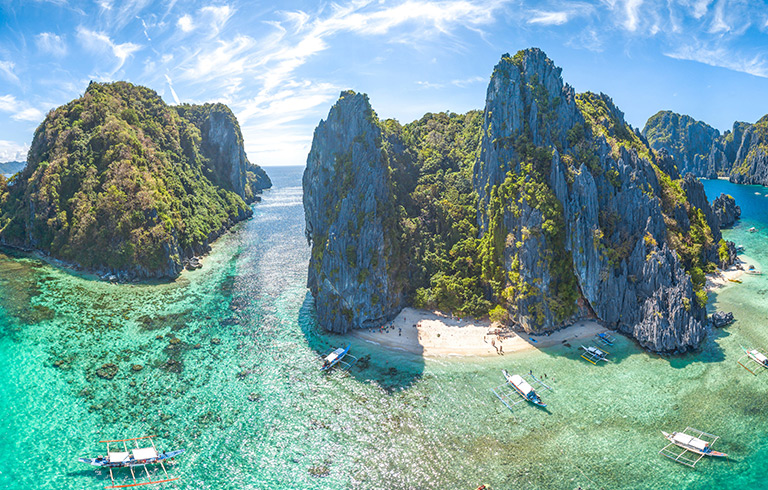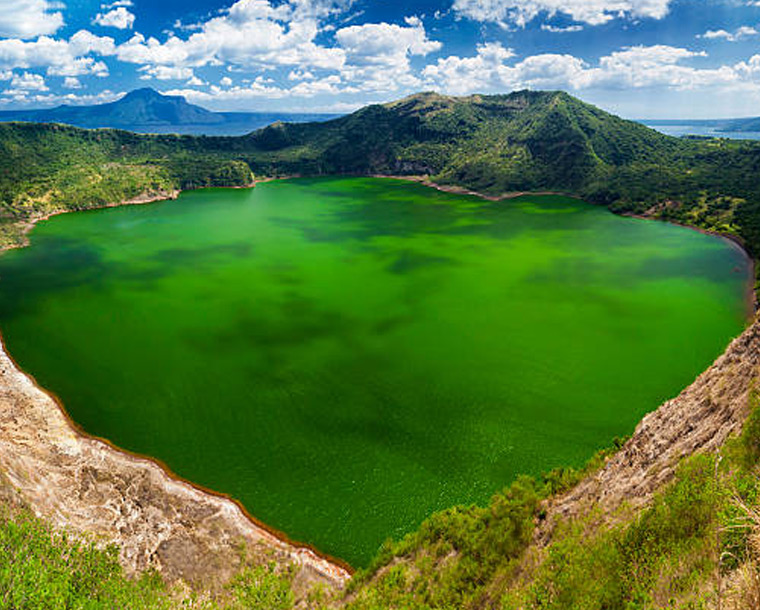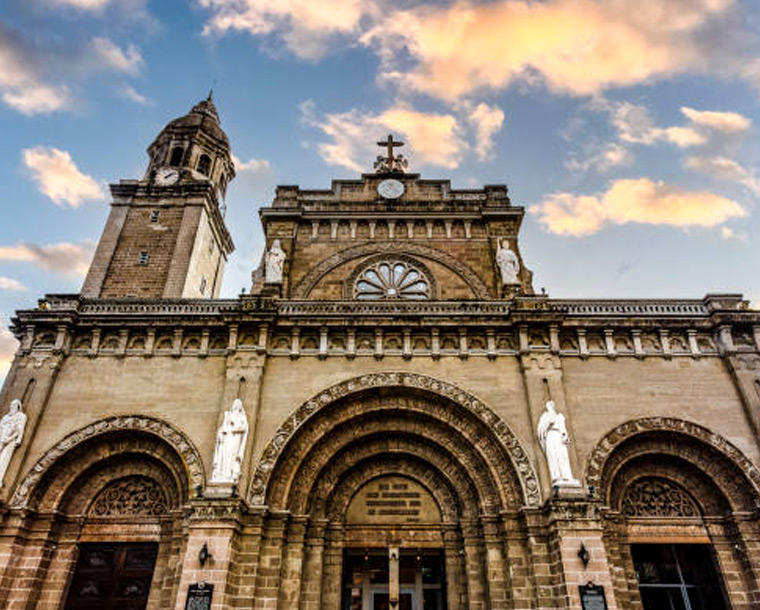

Manila & Palawan
- Manila
- Palawan

Get our assistance for easy booking
Want us to call you?Need Assistance? Call us at
+971 4 2055000Inclusions
Detailed Itinerary
Day 1
-
INCLUDED
Flight
Hotel
Transfer
Meals
Sight Seeing
Insurance
Tax
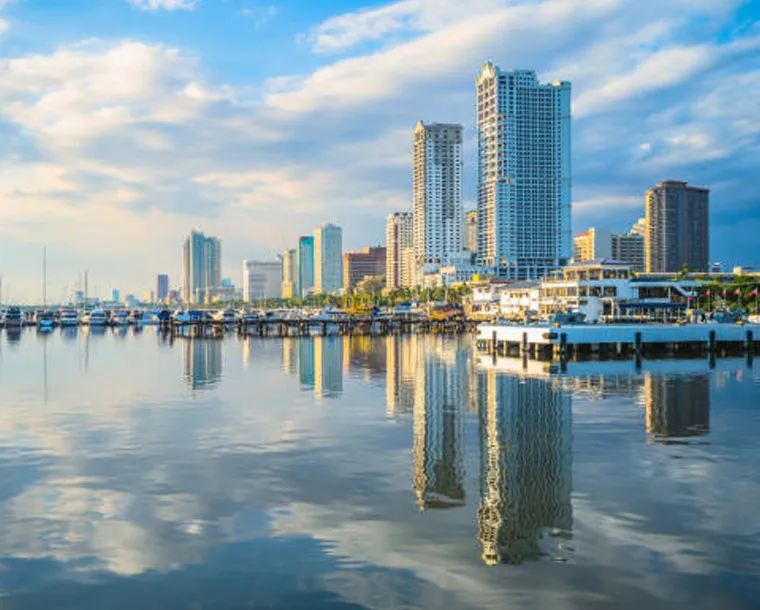
Mabuhay! Welcome to Philippines
On arrival at Manila International Airport, you will be met by our local representative and you will be transferred to the hotel.
Day is free, for you to explore the city at your own pace.
Manila, the capital of the Philippines, is a densely populated bayside city on the island of Luzon, which mixes Spanish colonial architecture with modern skyscrapers. Intramuros, a walled city in colonial times, is the heart of Old Manila. It’s home to the baroque 16th-century San Agustin Church as well as Fort Santiago, a storied citadel and former military prison.
Overnight in Manila.
Day 2
-
INCLUDED
Flight
Hotel
Transfer
Meals
Sight Seeing
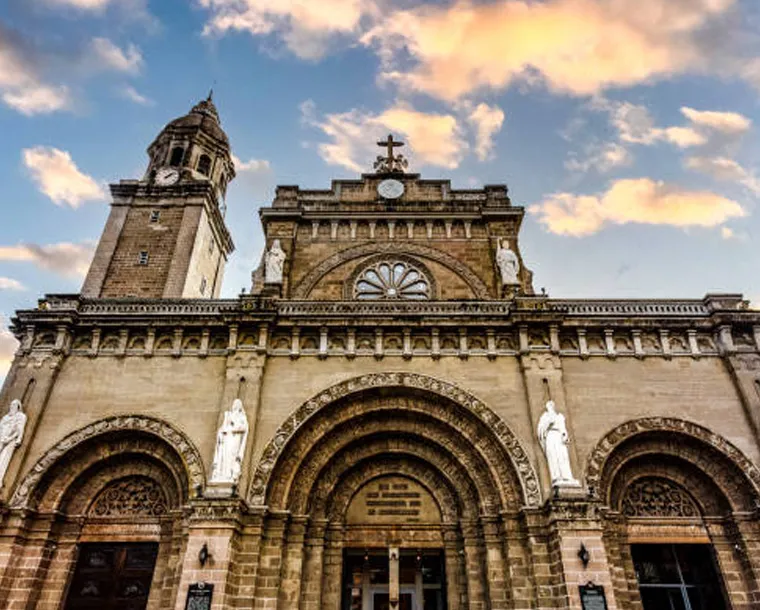
Breakfast at the hotel. This half day tour will cover most of the popular historical tourist attractions in Manila.
After hotel pick up, proceed for the Charms of Old Manila Tour. Discover Manila, the Philippines’ capital city and premier gateway to the country. The tour begins in Rizal Park, which commemorates the resting place of our national hero, Dr. Jose Rizal. We proceed to the Walled City of Intramuros where we find San Agustin Church, one of the oldest stone churches in the Philippines still in use today. Then, to Fort Santiago, military headquarters of the Spanish during their regime and consequently used by the Americans and the Japanese during World War II. Nearby is Casa Manila, a reconstructed 19th century mansion which will give you a glimpse of the life of an “Ilustrado” during Spanish times. A few steps away is Bahay Tsinoy, showcasing the Chinese Filipino historical perspective. Return to hotel, rest of the day at leisure.
Overnight in Manila
Day 3
-
INCLUDED
Hotel
Transfer
Meals
Sight Seeing
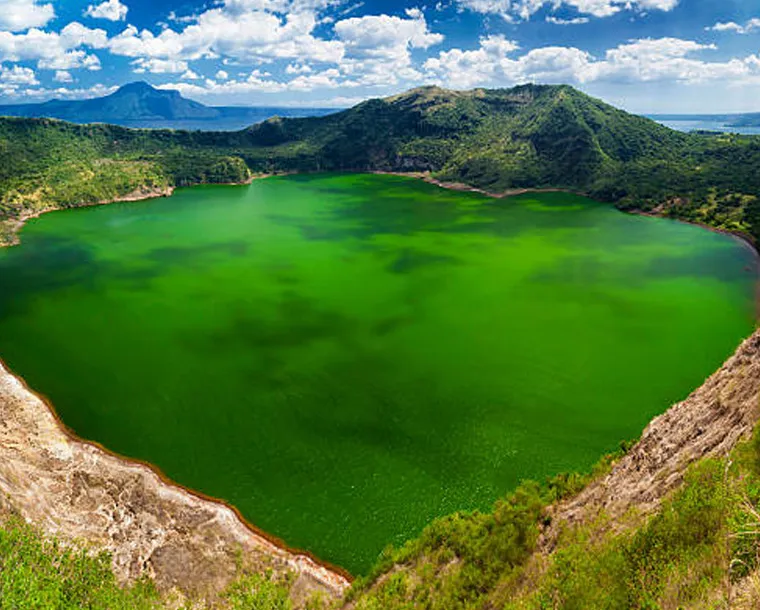
Breakfast at the hotel.
A leisurely 1 and a half hour drive through the countryside passing through coastal villages, rice fields, fruit orchards, and coconut plantations shall take you to the cool climes of Tagaytay. Rising 2,250 feet above sea level, Tagaytay offers a panoramic view of one of the rarest known sights in the world: The Taal Volcano-a small volcano within a lake within a volcano. Lunch will be at Sonja’s Garden, a restaurant specializing in dishes using organic produce grown in its own garden. On our way back to Manila, we will pass by the Las Piñas San Jose Church with its world-famous Bamboo Organ.
The Las Piñas Bamboo Organ in St. Joseph Parish Church in Las Piñas City, Philippines, is a 19th-century church organ with unique organ pipes; Of its 1031 pipes 902 are made of bamboo.
Overnight in Manila.
Day 4
-
INCLUDED
Hotel
Transfer
Meals
Sight Seeing
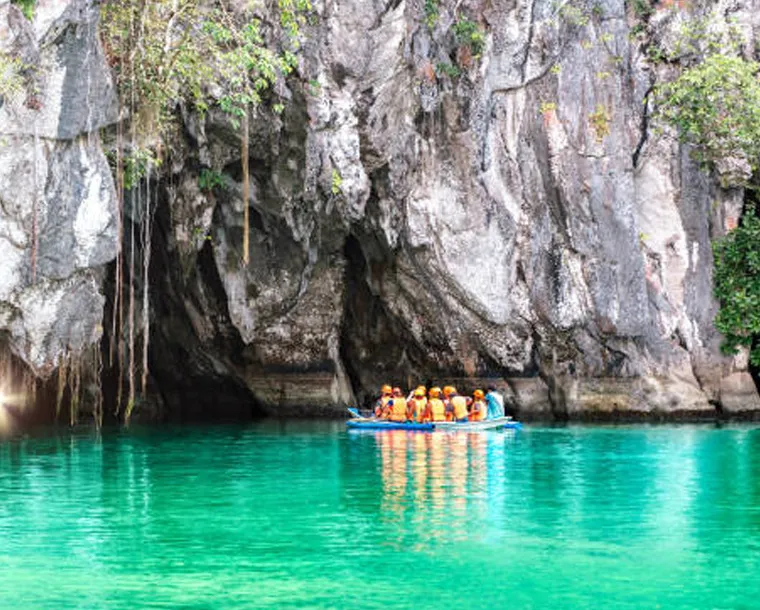
Breakfast at the hotel.
Prepare for check out. The driver will pick you up and drop you to the airport for your onward flight to Puerto Princesa. On arrival proceed to the Puerto Princesa City Tour. Visit the Crocodile Farm, Iwahig Penal Colony-the prison without walls, Rurungan sa Tubod-a community for women engaged in weaving indigenous fibers, and the sprawling Mitra Ranch, where one can get a splendid view of Puerto Princesa.
Overnight in Puerto Princesa.
Day 5
-
INCLUDED
Hotel
Transfer
Meals
Sight Seeing
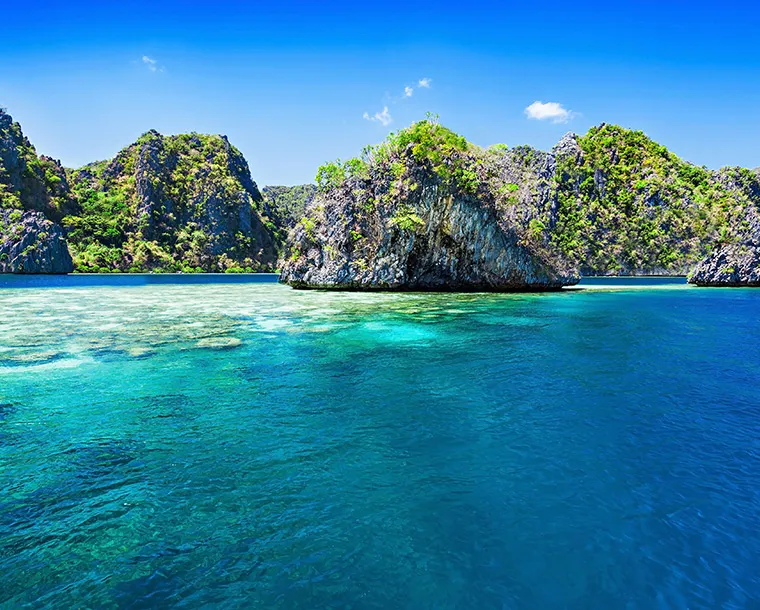
After breakfast, proceed to One of the world’s longest underground rivers, the St. Paul’s Underground River is located within what has been designated Puerto Princesa Subterranean River National Park which is about 81 kilometers from Puerto Princesa City or approximately 2 hours by land passing through the picturesque countryside and through the town of Sabang. From there, it is a 20-minute outrigger boat ride to the park where guests board smaller outrigger canoes for the journey inside the underground river.
The boat travels three kilometers into the cave and one is treated to a spectacular display of rock formations and cathedral-like chambers which Mother Nature has sculpted for millions of years. The river has also been recently declared as a World Heritage site and names as one of the New Seven Wonders of the World. Lunch at a local restaurant. Return to your hotel.
Overnight in Puerto Princesa.
6DAY
Day 6
-
INCLUDED
Hotel
Transfer
Meals
Sight Seeing
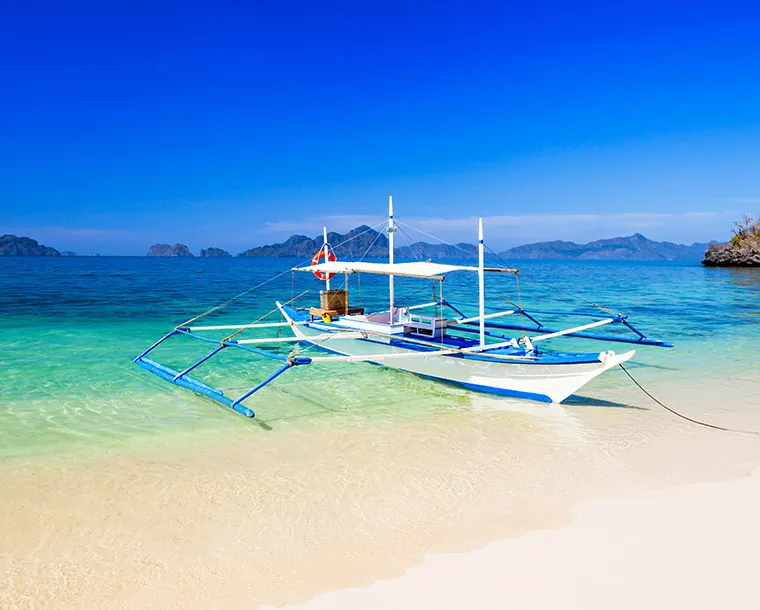
After breakfast, proceed for the Island Hopping Tour. Just thirty minutes from the city proper, Honda Bay awaits visitors with an island-hopping tour. From the city, the coach heads for Sta. Lourdes pier where outrigger boats await its passengers for the day’s trip. The itinerary includes a running tour of Bat, Luli, Meara Marina and Pandan Islands. Lunch is then served at Pandan Island where the balance of the day is spent for swimming, snorkelling, and fish feeding or just plain relaxing. Return to your hotel.
Overnight in Puerto Princesa.
Day 7
-
INCLUDED
Flight
Hotel
Transfer
Meals
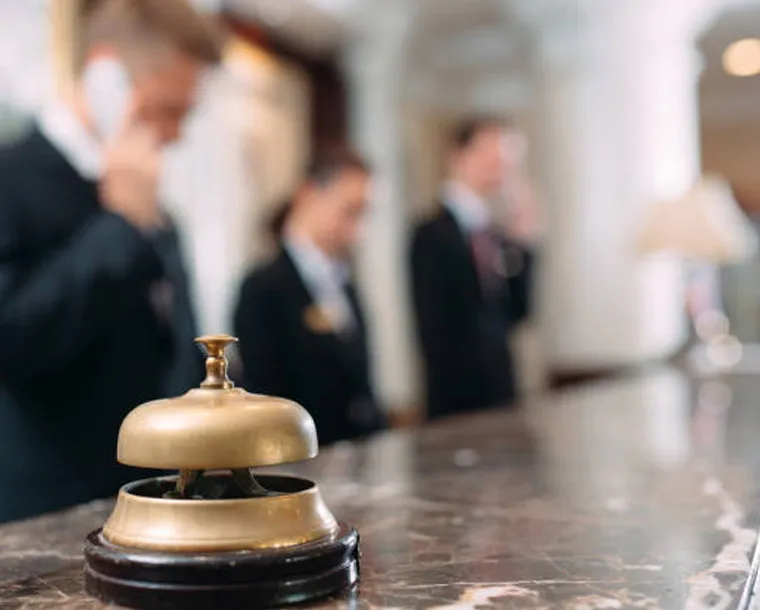
After breakfast. The day is free until checkout time. The driver will pick you up and drop you to the airport for your onward flight.
Tour Cost, Terms & Conditions
- The rates are subject to availability at the time of booking request. In the event if there are rate changes due to increase in Govt taxes, or hotel charges a surcharge, or BAR rates (Best available rates), we reserve the right to amend the rates without notice. The exchange rate is subject to change. Please ensure that you have secured the relevant visa / entry permits & valid passport. The best source of visa information is the embassy of the country itself.
- If you are interested in going ahead with this booking, we would require deposits or payments as follows either in the form of cash or cheque:
- 30 days to 21 days prior to departure date: 50%.
- 21 days to 01 days prior to departure: 100%.
- Prices in this quotation are subject to availability. Al-Tayer Holidays reserves the right to offer services of similar or higher standard based in the event of non-availability at the time of booking, at amended cost. - Please ensure that the names given to us for reservations match the names in your passport, as hotels, sightseeing tour companies are very particular about name changes. Mismatched names may result in heavy amendment penalties. We strongly recommend travel insurance as part of your package – we have excellent rates with the world’s best companies – please let us know if you wish us to add this to your package.
Inclusions & Exclusions
Inclusions
Flights
- Economy class airfare from Dubai / Manila / Palawan / Manila / Dubai.
Accommodation
- 3 nights accommodation in Manila & Puerto Princesa based on double room occupancy.
Transportation
- Transportation as per the itinerary on private car.
Sightseeing
- Sightseeing tours in Manila, Tagaytay & Palawan Island.
Meals
- Daily breakfast.
Insurance
- Complimentary travel insurance.
Taxes
- All airline and hotel taxes.
Exclusions
- Visa fees.
- International airport departure tax.
- Meals not mentioned in the itinerary.
- Items of personal nature viz. telephone calls, drinks, laundry bills, etc.
- Except all above mentioned in inclusion.
Travel Tips
The Philippines is a Southeast Asian country in the Western Pacific, comprising more than 7,000 islands. Its capital, Manila, is famous for its waterfront promenade and centuries-old Chinatown, Binondo. Intramuros, a walled city in colonial times, is the heart of Old Manila. It’s home to the baroque 17th-century San Agustin Church as well as Fort Santiago, a storied citadel and military prison.
Trip Planning: The planning stage of your trip can be instrumental in its success and an enjoyable part of the experience itself. You have a world of options...and plenty to consider.
Entry and Exit formalities: Visitors must hold a passport valid for at least six months & beyond at the time of entering the country. Some nationalities can obtain visa on arrival and for nationalities who requires visa please refer to the Philippine consulate website: www.dubaipcg.dfa.gov.ph/
Transportation: Figuring out how to get around is one of your biggest pre-trip decisions. Get our holiday expert best advice on deciding between your options.
Based on your trip itinerary, our experts will help you choose wisely. You'll also find a wealth of practical travel tips.
Money: Use your money wisely. Know the best time to use cash or card — and how to avoid unnecessary fees either way — as well as tipping etiquette.
Phones and Technology: Phones and other smart devices can be huge time-savers...or expensive distractions. Get our tips for making the best use of technology during your trip, and for calling home with or without your own phone.
Packing Light: On your trip you'll meet two kinds of travelers: those who pack light and those who wish they had.
Sleeping and Eating: Your hotel and restaurant choices can be a matter-of-face chore…or they can provide rich opportunities to connect with locals and their culture.
Health & Hygiene: Take comfort: Doctors, hospitals, launderettes, and bathrooms aren’t that different. Dealing with them can even be part of the fun of travel.
Sightseeing & Activities: Once you're on the ground, the real fun begins…but it pays to have a thoughtful plan. Our experts will help you get oriented to your surroundings, use your sightseeing hours wisely, and find your way off the beaten path.
Get our assistance for easy booking
Want us to call you?Need Assistance? Call us at
+971 4 2055000Discover & Indulge
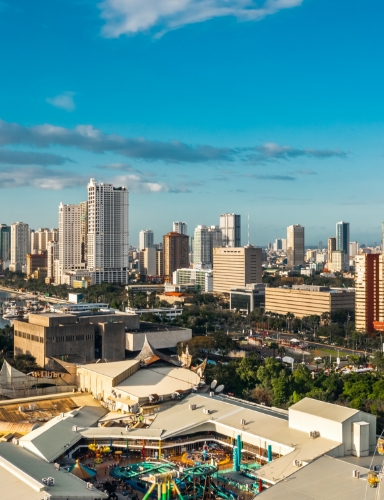
Manila the capital of the Philippines, is a densely populated bayside city on the island of Luzon, which mixes Spanish colonial architecture with modern skyscrapers. Intramuros, a walled city in colonial times, is the heart of Old Manila. It’s home to the baroque 16th-century San Agustin Church as well as Fort Santiago, a storied citadel and former military prison.
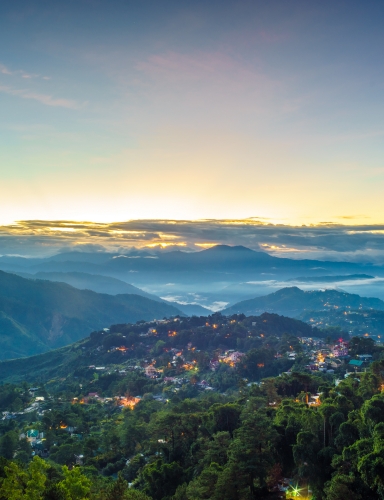
Baguio on the Philippines’ Luzon island, is a mountain town of universities and resorts. Called the “City of Pines,” it’s particularly popular in summer due to unusually cooler weather. At its center is Burnham Park, with gardens and a lake. Nearby, Baguio Cathedral, completed in 1936, has a rose-hued exterior. The main thoroughfare is Session Road, lined with shops, restaurants and entertainment options.
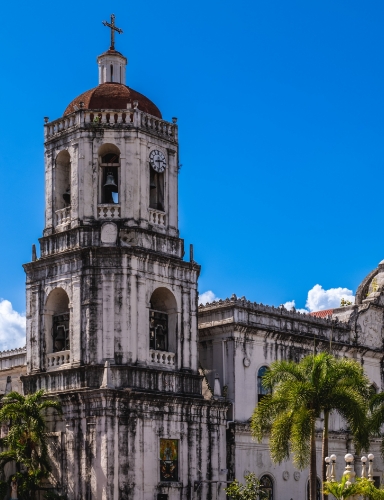
Cebu is a province of the Philippines, in the country’s Central Visayas region, comprising Cebu Island and more than 150 smaller surrounding islands and islets. Its prosperous port capital, Cebu City, retains landmarks from its 16th-century Spanish colonial past, including the Basilica Minore del Santo Niño church and triangular Fort San Pedro. Tops, an observation deck on Mt. Busay, has sweeping views over the city.
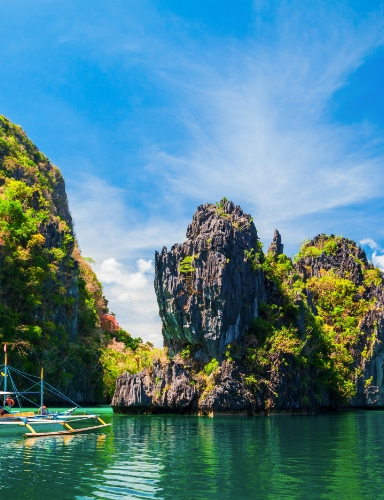
Boracay is a small island in the central Philippines. It's known for its resorts and beaches. Along the west coast, White Beach is backed by palm trees, bars and restaurants. On the east coast, strong winds make Bulabog Beach a hub for water sports. Nearby, the observation deck on Mount Luho offers panoramic views over the island. Offshore, coral reefs and shipwrecks are home to diverse marine life.
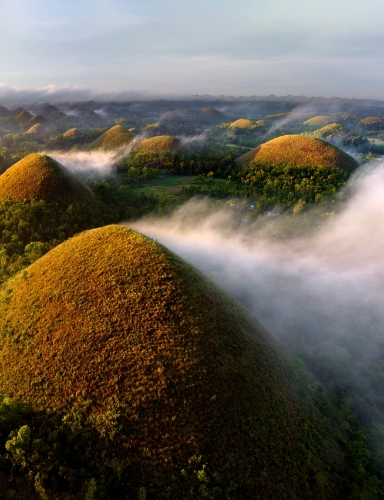
Bohol is a province of the Philippines, in the country’s Central Visayas region. It comprises Bohol Island and numerous smaller surrounding islands. Bohol is known for coral reefs and unusual geological formations, notably the Chocolate Hills. On the main island, near the town of Carmen, these 1,200 or so symmetrical mounds turn cocoa-brown in the dry season, contrasting with the surrounding jungle's greenery.
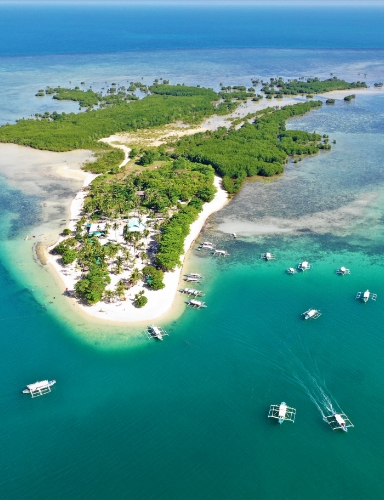
Puerto Princesa is a coastal city on Palawan Island in the western Philippines. It's a base for boat trips through the massive limestone caves and underground river of the biodiverse Puerto Princesa Subterranean River National Park. Dive sites are dotted around Puerto Princesa Bay, home to long-nosed dolphins, turtles and rays. Close to the port is the 19th-century Immaculate Concepcion Cathedral.
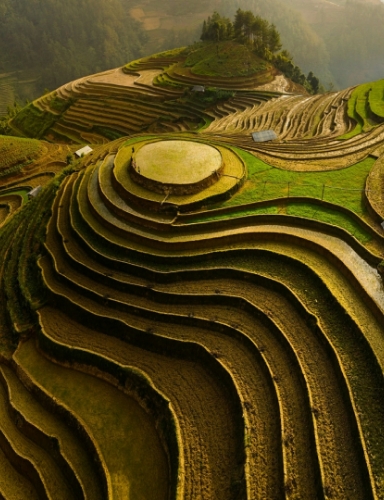
Banaue Rice Terraces are 2,000-year-old terraces that were carved into the mountains of Ifugao in the Philippines by ancestors of the indigenous people. They are frequently called the "Eighth Wonder of the World".
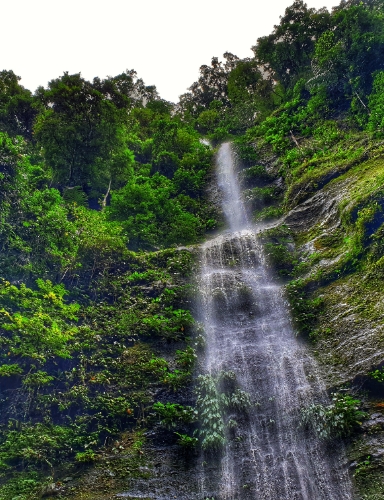
Pagsanjan Falls also known as Cavinti Falls (indigenous name: Magdapio Falls) is one of the most famous waterfalls in the Philippines. Located in the province of Laguna, the falls is one of the major tourist attractions of the region. The three-drop waterfall is reached by a river trip on dugout canoe, known locally as Shooting the rapids, originating from the municipality of Pagsanjan. The falls can also be reached from the top by a short hike from Cavinti. The boat ride has been an attraction since the Spanish Colonial Era with the oldest written account in 1894. The town of Pagsanjan lies at the confluence of two rivers, the Balanac River and the Bumbungan River (also known as the Pagsanjan River).
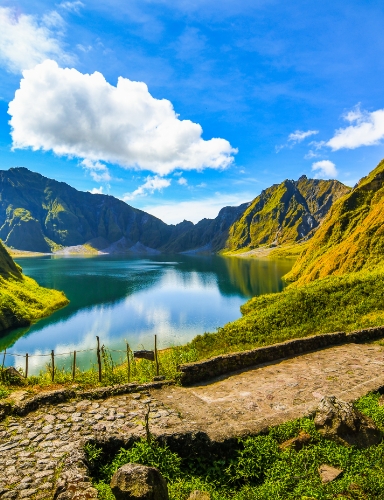
Mount Pinatubo is an active stratovolcanic caldera in the Zambales Mountains, located on the tripoint boundary of the Philippine provinces of Zambales, Tarlac and Pampanga, all in Central Luzon on the northern island of Luzon.
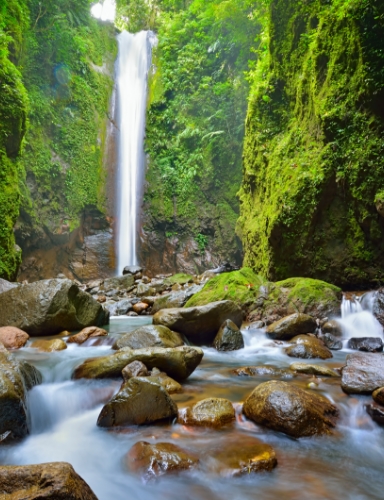
Negros Island is the fourth largest island of the Philippines, with a land area of 13,309.60 km². Negros is one of the many islands that comprise the Visayas, which forms the central division of the nation.

Bacolod is a city on the northwest coast of Negros Island in the Philippines. The 19th-century San Sebastian Cathedral stands beside Bacolod Public Plaza. Its original bells are on display in the churchyard outside. The Dizon-Ramos Museum is a 1950s house packed with memorabilia and photographs of the prominent family that once lived there. The Capitol Park and Lagoon has a lake and 2 golden water buffalo statues.
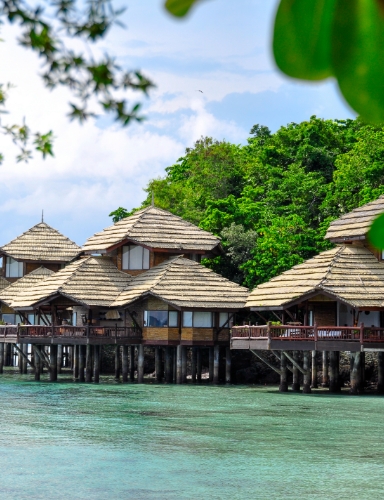
Davao City on the southern Philippine island of Mindanao, is a coastal commercial center near 2,954m-high Mount Apo, the country’s highest peak. In the city center, People’s Park is known for its colorful indigenous sculptures and lighted fountains. It's also home to Durian Dome, named after the pungent, spiky fruit that grows in abundance on Mindanao. Camiguin-is an island province in the Philippines located in the Bohol Sea, about 10 kilometres off the northern coast of Mindanao.

